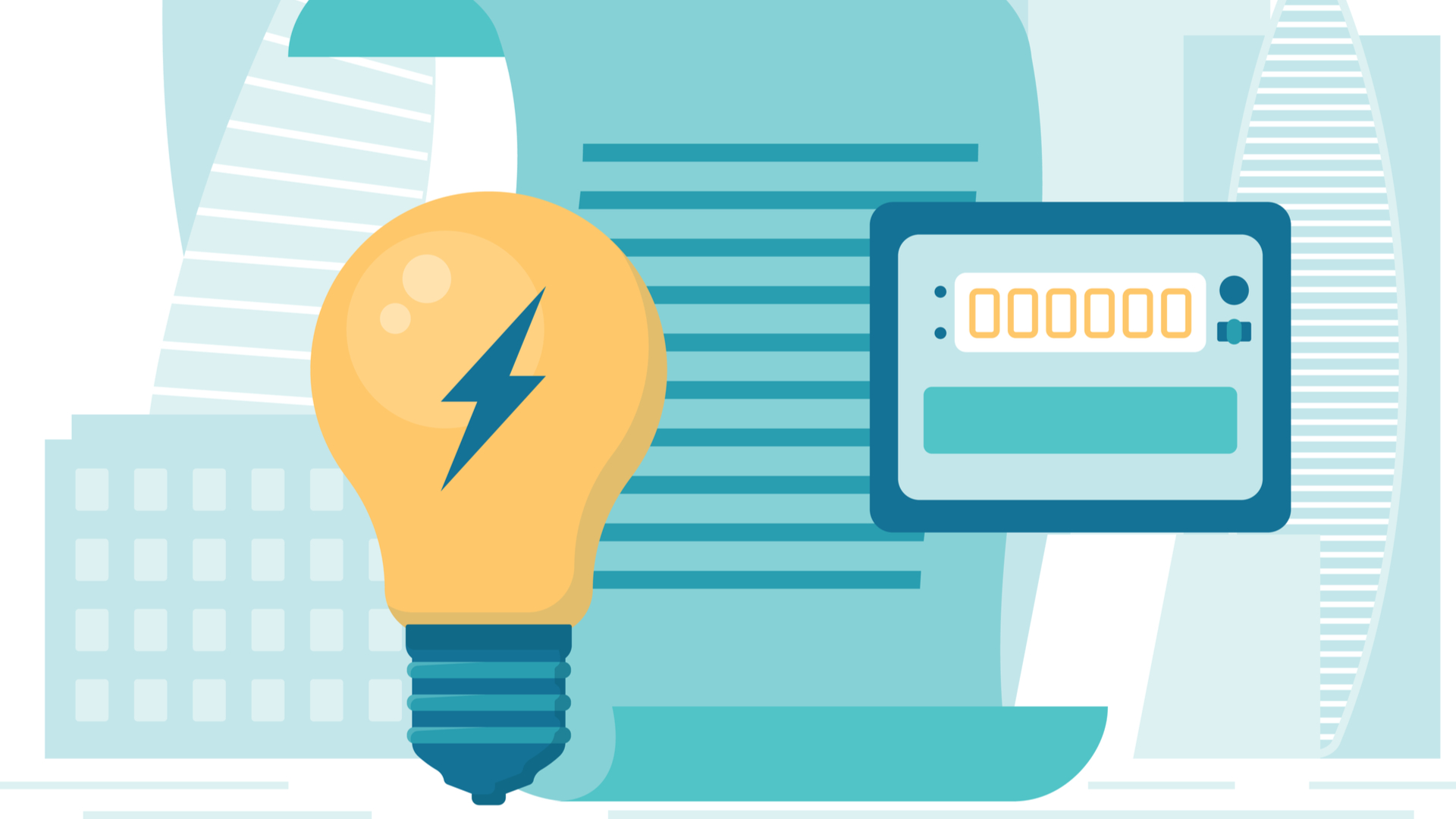In 2019, we reported on the results of the J.D. Power 2019 Electric Utility Business Customer Satisfaction Study, a nationwide survey based on responses from more than 21,000 large and midsize utility customers. What we wrote at the time remains true to this day: Business customers and members of rural cooperatives and municipal utilities care about the same issues as those of larger IOUs—power quality and reliability, corporate citizenship, price, billing and payment, communications, and customer service—so the results matter to all utilities. Still, we’ve learned plenty about the virtues of quality customer engagement and what that can mean for utility demand flexibility programs, specifically in securing greater participation rates.
What We Learned From the 2019 Report
Here are some insights from utilities that took action to boost satisfaction for their business customers:
-
Proactively alert customers to power outages and estimated restoration times. Even when it’s bad news, they appreciate the heads-up to activate contingency plans. Research indicates that 86% of Americans want transparency from the businesses that they work with and for good reason: If customers do not trust their utility, they are less likely to participate in demand flexibility or other utility programs.
-
Communicate efforts to maintain—or improve—infrastructure. Otherwise, customers assume their utility doesn’t do any maintenance. In fact, the Pew Research Center reported in 2023 that only 17% of Americans are confident that the U.S. power grid will be effectively upgraded to meet demand. To secure customer support, utilities must advertise their efforts to improve their local power grids.
-
Keep moving forward with environmental initiatives, even if it seems that few care. When business customers learn about how their utility helps protect the environment and restore native fish and wildlife, it’s associated with a significant increase in the utility’s corporate citizen satisfaction score.
-
Create a robust online experience. A Salesforce survey revealed that around 85% of consumers research their purchases online before making a decision. For utilities, that means connecting with customers to transparently deliver relevant information, while fostering a relationship that can lead to greater enrollment and participation rates for demand flexibility or support for other renewable energy initiatives.
Results from the J.D. Power survey demonstrate that customers reward utilities that communicate, especially when sharing bad news. That was further demonstrated in the summer of 2022. During a particularly long duration of hot weather, utilities were scrambling to meet demand. In one Colorado, residents were locked out of their smart thermostats during an unsolicited demand event, that damaged the reputation of the utility, disincentivizing demand flexibility program participation in the future. Meanwhile, California utilities took advantage of a public alert system to urge Californians to conserve energy, which resulted in high opt-in participation rates for demand flexibility programs like demand response or EV managed charging, all while fostering community trust.
The J.D. Power 2023 Electric Utility Business Customer Satisfaction Study
The most recent J.D. Power report was released in 2023, which illustrated the ongoing challenges that utilities face in balancing reliable and affordable service. Broadly speaking, the report found that customers are increasingly concerned over rising prices, while distrustful that utilities are actively working to meet their needs, provide support, or engagement. The report found that nearly 71% of customers weren’t alerted to power outage-related issues, were unaware of infrastructure maintenance, and were dissatisfied with rising electricity rates.
What this report so ably demonstrates is the need for increased customer engagement. Customers want to know what’s going on and why it’s happening. They want to depend on their utility for continuity of service, which means that they in turn want a functional and modernized grid. Unfortunately, between the cost of infrastructure upgrades, increased extreme weather and high-temperature events, and electrification and decarbonization efforts adding additional encumbrance to the grid through the increased production and adoption of distributed energy resources (DERs) like solar, battery, and smart home devices like thermostats and water heaters, rate increases remain possible.
Fortunately, through the use of a distributed energy resource management system (DERMS), those same DER assets can be used as non-wires alternatives for use in demand flexibility programs. Good communication is critical to securing the customer buy-in necessary to justify your load management objectives, while simultaneously explaining the energy challenges the community faces.
(Can’t Get No) Satisfaction? Communicate & Increase Demand Flexibility Participation Conclusion
For most munis and coops, building relationships and fostering a sense of community is easier than it is for larger IOUs because they can do it on a smaller scale. As you can see, the challenges of customer engagement remain largely the same, exacerbated in recent years through infrastructure upgrades, increasingly volatile and unpredictable weather conditions, and further electrification and decarbonization efforts. Still, as these challenges mount, technology continues to keep pace, providing opportunities for utilities to access community energy assets for use in the demand flexibility initiatives that increase grid resiliency while decreasing costly peak energy spending.
This article was originally published on December 12, 2019 with updates made on February 22, 2024.





